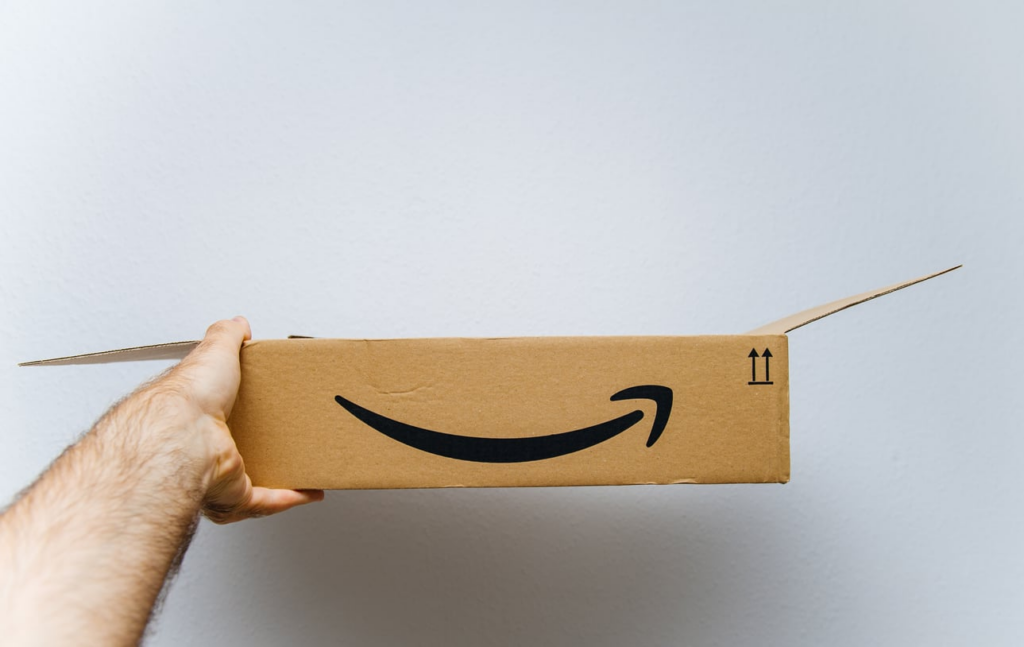
No matter how spectacular a product is, no one will ever buy it if it’s buried under thousands of other products. Searchability optimization, while necessary, can only take a product so far if competitor products are also optimized.
After Amazon looks for relevance, it ranks (conversion blog post) search results based on sales and reviews. So essentially, products that get more sales are ranked high and in return get more sales from the visibility. The most effective way to break the cycle is through advertising.
Types of Amazon Advertising
There are two types of Amazon advertising: Headline Search Ads and Sponsored Products. Both types are keyword driven and pay-per-click based. Sellers are given the option to choose their own keywords or let Amazon automatically target.
Bids and budgets are entirely controlled by the seller in Campaign Manager. Each keyword for each ad for each product has an individual bid and budget. The bid tells Amazon how much a seller is willing to pay when a shopper clicks on an ad. When a shopper submits a search, whichever ad has the highest bid for their search terms at that moment “wins the bid” and their ad is displayed.
The budget tells Amazon the maximum amount a seller is willing to spend in total for that keyword. Spend is the current amount already spent calculated by multiplying the number of times shoppers have clicked the ad and the cost per click, or bid. If the bid is fifty cents and the budget is ten dollars, the ad will stop displaying once it’s been clicked twenty times.
Other metrics of note include sales and Advertising Cost of Sales (ACoS). Sales is the total revenue earned from the ads to date. ACoS is spend divided by sales. It signifies the percentage of sales was spent to get those sales.
Products and brands will need different types of ads based on maturity, strategy, and campaign goals. For new sellers, the basics of each type of advertising are explained below.
Headline Search Ads
To advertise an entire brand, Headline Search Ads are the way to go. These ads include a customizable headline and a logo. When clicked, shoppers are directed to a page featuring a collection of the brand’s products.
Keywords are the drivers of Headline Search Ads. Anytime keywords or customizable fields are involved with costs and sales at stake, there’s always going to be a good amount of testing. Figuring out what combination of keywords, phrases, and featured products convert most successfully is the challenge here.
There are a few different directions to go with this. First, sellers can directly target their competitors. When someone searches for a type of product or a specific competitor, the goal is to divert attention from the top ranking results. Competitive phrases quantify one brand’s superiority over another to make the shopper’s choice obvious.
Another option is to target complimentary products. While it doesn’t appeal to what the shopper is looking for, it reminds them (or plants the idea) that they need the complementary good along with their desired item. The win is that the search results will likely display very few of the advertised product’s competitors’ products, allowing the advertised product to shine undeterred.
Sponsored Products
When one specific product needs a boost, Sponsored Products advertising places a listing in prime locations for relevant visibility. This type of advertising used to be a great option, but with the current competitive landscape, it’s now essential to any brand’s success.
As opposed to lifting an entire brand name, Sponsored Products help the “sales-to-get-sales” pattern work in a seller’s favor. This ad catapults a listing to the top of the search page if it wins the bid. Since Amazon views ad-generated sales the same as organically-searched sales, ad-generated sales contribute to a listing’s search result page ranking. Once the listing gets the sales needed, the seller will (theoretically) no longer have to pay for top ranking.
For the next steps of advertising on Amazon, read our basic guide.

If you’re one of the estimated 20%–40% of brands who fire their agency annually, you can’t focus on that vision if you have to keep searching for the right support. BBE proudly retained >95% of our clients last year while applying focused dedication to our brand partners. If you’re ready to start over for the last time, contact us and find out why leading brands have partnered with us for so long.

